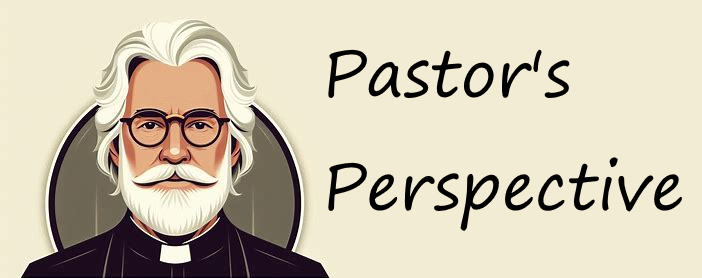Pastor Patrick’s Perspective, October 2024
This month I want to share my thoughts rather than present a devotional. Where does the church fit into our lives? We all continue to lament that fewer and fewer people attend church. Why is this? What is this?
Lets start with some raw facts. The Pews Research Center and the Public Religion Research Institute (PPRI) have both been watching the changing trends. PPRI throws around the term “unaffiliated.” PPRI states, “the unaffiliated is the only major religious category experiencing growth. They are American who don’t consider themselves to be part of any particular religion. The unaffiliated are not necessarily atheists or agnostics. PRRI reports that in 2013, 21% of Americans are religiously unaffiliated; Now in 2023, 26% are affiliated. 24% of White Americans are religiously unaffiliated, 20% of Hispanics, 18% of the Black. Further, In the last 10 years atheism has doubled to 4% with 5% agnostic. In 1973, 87% of Americans self-identified as Christian; it is now 68%.”
Pews presents similar research. They talk about the “nones.” Pews states, “Most nones believe in God or another higher power, but very few go to religious services regularly. Most say religion does some harm, but many also think it does some good. They are not uniformly anti-religious.”
Now, we could talk about the number and statistics for a while, but we sense the truth in them. But what is happening? Several explanations have been suggested for this trend. Technological Influence: With the rise of the internet and social media, access to diverse perspectives and worldviews has expanded. People are more exposed to atheism, agnosticism, and other non-religious perspectives, which may challenge traditional beliefs. Religious Disillusionment: Some people have become disillusioned with organized religion due to scandals, hypocrisy, or perceived irrelevance in addressing social issues such as justice, inclusion, and environmental care. Generational Change: Younger generations, particularly Millennials and Gen Z, are more likely to identify as non-religious compared to older generations. Secularization: Many sociologists point to secularization as a major factor. As society has progressed it has become less possible for individuals to believe in God. Thus, religious beliefs and practices lose their central role in public and private life.
What can we do? I’m currently researching secularity and how the church can respond to it. Research is good, but more importantly, we need to continue telling people about the good news of Jesus Christ and how His peace is given every week at church.
Though the trends of secularization and disillusionment may seem daunting, the good news remains unchanging: Jesus Christ is the same yesterday, today, and forever. While society may drift, God continues to draw near to us. At church, we are reminded that Christ comes to us in His Word and Sacraments, giving us His grace and peace. The church is not merely a place for moral guidance or community; it is where Christ Himself feeds us with forgiveness, life, and salvation. In a world of shifting beliefs, the solid foundation of the Gospel stands firm, inviting all to rest in the peace that only He can provide. So, as we face these challenges, let us not despair but continue to share the good news, trusting that God’s Word will not return empty but will accomplish His purposes.
© Patrick K Welton
